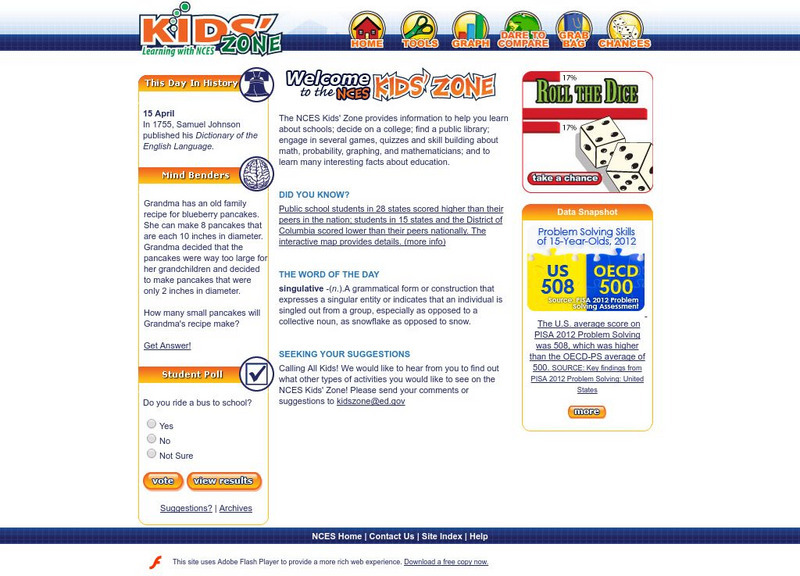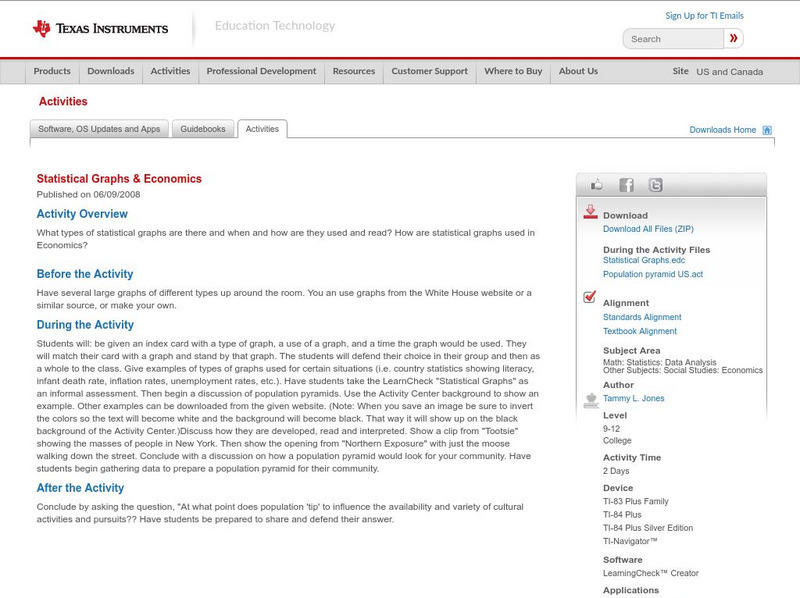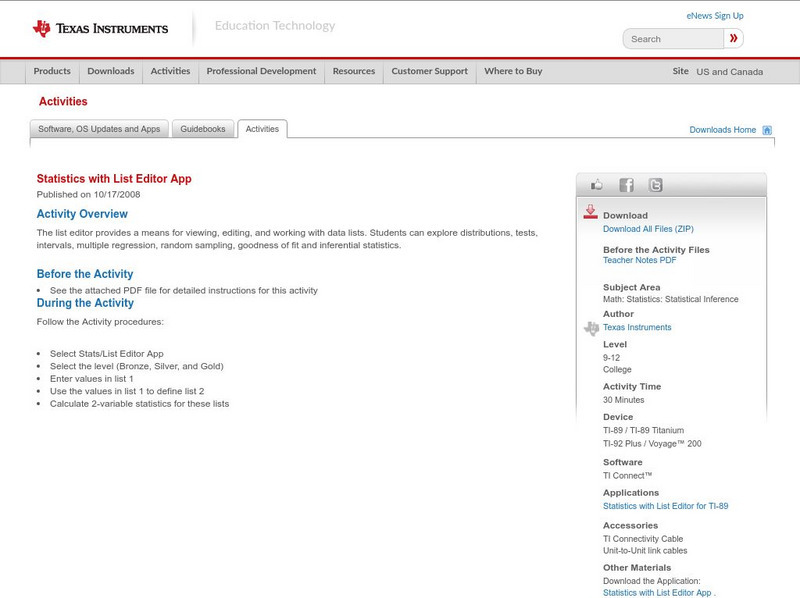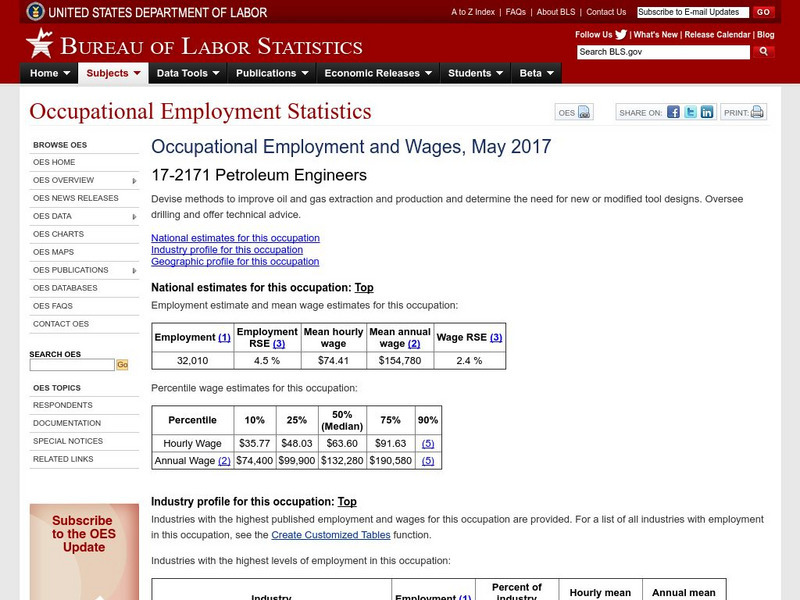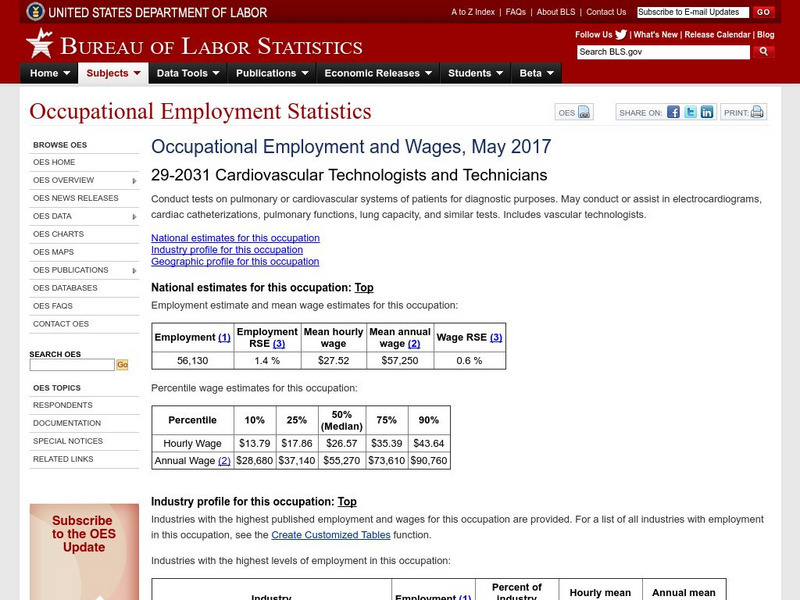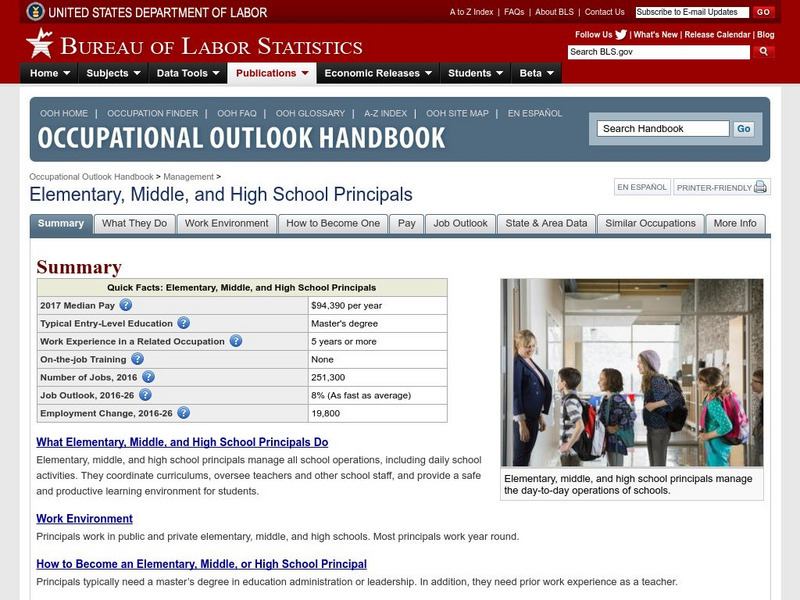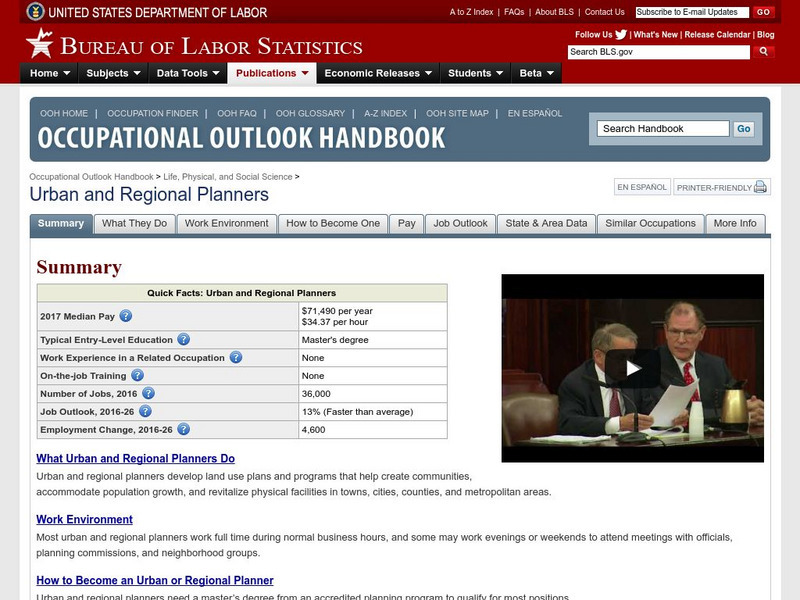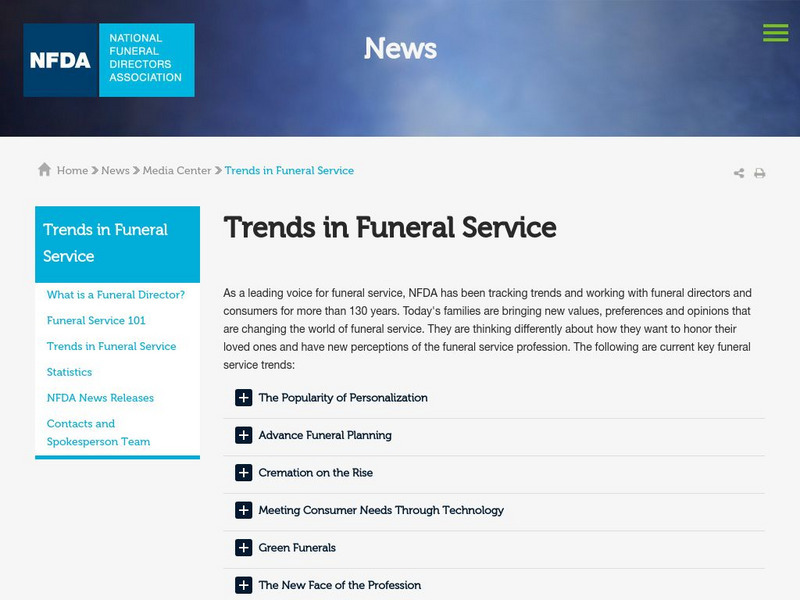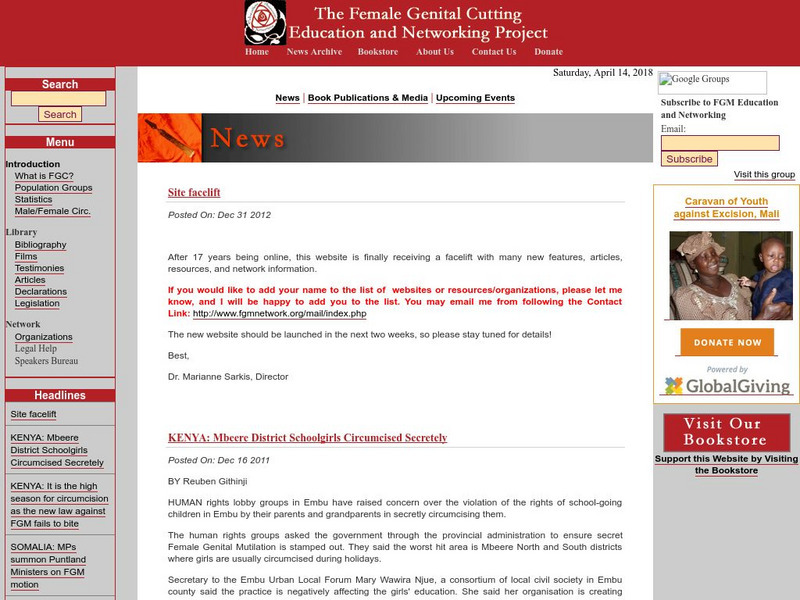Hi, what do you want to do?
US Department of Education
Nces: Technology in Schools Assessing Technology
This guide was written by the National Forum on Education Statistics under NCES's Cooperative Education Statistics System. Directed toward state and local education agencies, it describes how to measure technology use by examining...
US Department of Education
National Center for Education Statistics: Nces Classroom
Just what is the NCES Students' Classroom? In addition to many useful features, this site provides math and statistical activities tailored to a middle and elementary school students.
US Department of Labor
Bureau of Labor Statistics: Postsecondary Teachers
The Bureau of Labor Statistics offers a general description of the college and university faculty career.
Other
American Council on Education: Ged Testing Service
The American Council on Education provides facts and statistics about the GED and the people who have taken it. Enter the site to find this information.
Texas Instruments
Texas Instruments: Statistical Graphs & Economics
What types of statistical graphs are there and when and how are they used and read? How are statistical graphs used in Economics?
Texas Instruments
Texas Instruments: Statistics With List Editor App
The list editor provides a means for viewing, editing, and working with data lists. Students can explore distributions, tests, intervals, multiple regression, random sampling, goodness of fit and inferential statistics.
Texas Instruments
Texas Instruments: Statistics
In this activity, students use the statistical features of the calculator to calculate statistical results, perform regressional analyses, and graphically display statistical data.
Texas Instruments
Texas Instruments: Enter Data and Finding One Variable Statistics
This video tutorial shows how you enter data in the STAT area and then calculate the one-variable statistics on this data.
US Census Bureau
U.s. Census Bureau: 2014 Public Elementary Secondary Education Finance Data
This site has statistics on public education finance.
Other
Asa: Journal of Statistics Education
This Journal of Statistics Education site is a guide for teaching statistics. Includes many resources and publications.
US Department of Labor
Bureau of Labor Statistics: Petroleum Engineers
The Bureau of Labor Statistics offers a complete description of the petroleum engineering career field, including nature of work, outlook, and earnings.
US Department of Labor
Bureau of Labor Statistics: Cardiovascular Technician
This site, published by the Department of Labor Statistics, provides information related to the Cardiovascular Technician Career. Employment projections and trends are detailed with a brief description of the profession.
US Department of Labor
Bureau of Labor Statistics: Elementary, Middle, and High School Principals
Learn about the profession of school principals, the job outlook, education required, and expected salary.
Other
Online Statistics Education: Graphing Distributions [Pdf]
This is the second chapter of a statistics e-text developed collaboratively by Rice University, University of Houston Clear Lake, and Tufts University. It looks at many different types of data displays and the advantages and...
Other
Connecticut State Department of Education
To find a wide range of information and statistics on the state of education in Connecticut, click through the well-organized links on this site. There is information for teachers and administrators, parents and other community members,...
US Department of Labor
Bureau of Labor Statistics: Financial Managers
Description of the education, experience, and skills that a financial manager needs. Includes job duties, working conditions, earnings and job outlook.
US Department of Labor
Bureau of Labor Statistics: Actuaries
An indepth look into a career of an actuary. Offers job outlook, education and training, job description and much more.
US Department of Labor
Bureau of Labor Statistics: Urban and Regional Planners
This resource provides a complete description of the career of urban planner. It includes the nature of the work, training and education, employment outlook and wages.
US Department of Labor
Bureau of Labor Statistics: Physical Therapist Assistants and Aides
Read about this fast growing occupation, the educational requirements for assistants and aides, the employment prospects and the salary ranges.
US Department of Labor
Bureau of Labor Statistics: Accountants and Auditors
This report gives the "Occupational Outlook Handbook" information for careers in accounting and auditing. The report includes information about required education, skills, and certification. It also suggests the future outlook for this...
Other
National Funeral Directors Association: Trends and Statistics
These statistics provide a brief look at funeral costs, yearly numbers, and death rate, all useful information to consider when thinking about a career in funeral services.
Other
Female Genital Cutting Education and Networking Project
The official website for the FGC Education and Networking Project provides information on countries that are dealing with this human rights violation. Also, on the left side menu bar, find information on the definition of FGC, the...
Other
Global Education
Comprehensive site containing information, links, educational tools, and networks discussing global issues.
US Department of Labor
Bureau of Labor Statistics: Occupational Therapists
This Bureau of Labor Statistics site tells what occupational therapists do and the types of people they work with. Describes their working conditions, job opportunities and salary. Tells qualifications needed to become an occupational...






